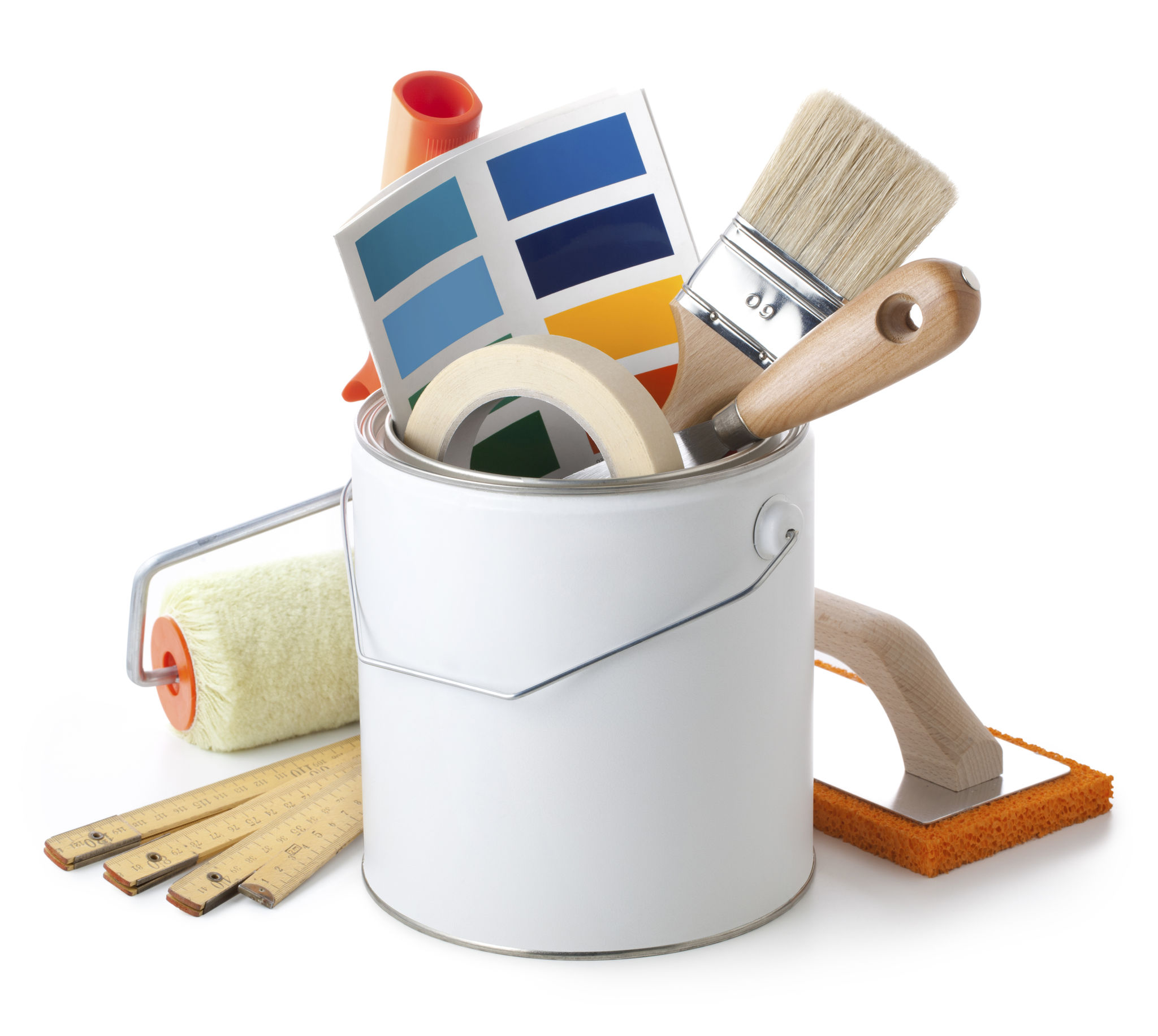Common Painting Mistakes and How to Avoid Them
Preparation is Key
One of the most common mistakes when it comes to painting is neglecting proper preparation. This can include skipping steps such as cleaning the walls, sanding rough patches, or failing to use primer. Preparation is crucial for ensuring a smooth and even coat of paint that will last. To avoid this mistake, always start by cleaning your walls with a mild detergent and water to remove any dirt or grease.
Next, inspect the walls for any imperfections. Sand down bumps and fill in any holes or cracks with spackle. Once the walls are smooth, apply a primer. Primer helps the paint adhere better and can enhance the final color. Skipping this step can lead to uneven coverage and peeling paint over time.

Choosing the Right Paint
Selecting the wrong type of paint for your project can lead to disappointing results. Each room in your home may require a different type of paint depending on its purpose. For example, kitchens and bathrooms often need moisture-resistant paints, while living areas might benefit from washable finishes.
It's also important to consider the finish of the paint. Glossy finishes are easier to clean but can highlight imperfections, whereas matte finishes can hide flaws but might be harder to maintain. Consult with a paint specialist if you're unsure which type of paint is best for your project.
Avoiding Uneven Application
Uneven application is another common mistake that can ruin the look of your painted walls. This often happens when too much or too little paint is applied, or when the paint dries before you're able to blend it properly. Using the right tools and techniques can help you avoid this issue.

Invest in quality brushes and rollers suited for your specific paint type. When applying paint, use consistent pressure and overlap each stroke by about 50% to blend the edges. Working in small sections can also help ensure an even application before the paint starts to dry.
Timing and Technique
Timing is crucial when it comes to painting. Painting in direct sunlight or in a room that's too hot or cold can affect the drying process, leading to uneven patches or blistering. Avoid painting during extreme temperatures and aim for mild, dry weather conditions.
Additionally, proper technique is essential for achieving a professional finish. Always start at the top of the wall and work your way down, maintaining a wet edge to prevent lap marks. Take your time and don't rush the process; patience is key to a smooth and even coat of paint.

Caring for Your Tools
Finally, overlooking tool maintenance can impact both your current painting project and future ones. Brushes and rollers need to be cleaned properly after each use to maintain their effectiveness. Failing to do so can result in stiff bristles or matted roller fibers that won't apply paint evenly.
After painting, rinse brushes and rollers thoroughly with warm water and soap until all paint residue is removed. Dry them properly before storage to prevent mildew growth. Caring for your tools not only extends their lifespan but also ensures better results on your next painting project.
